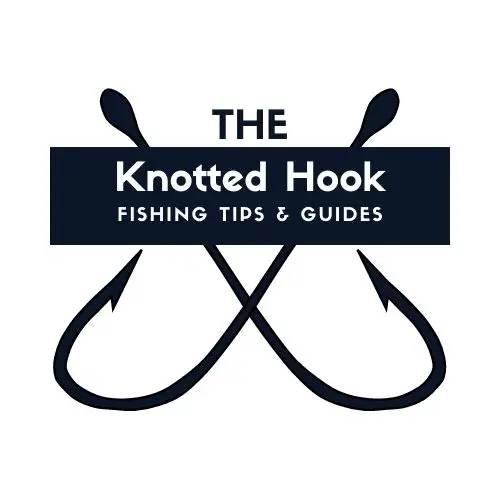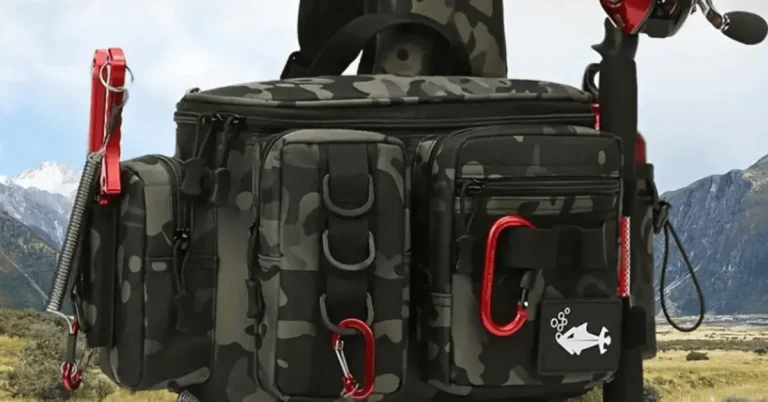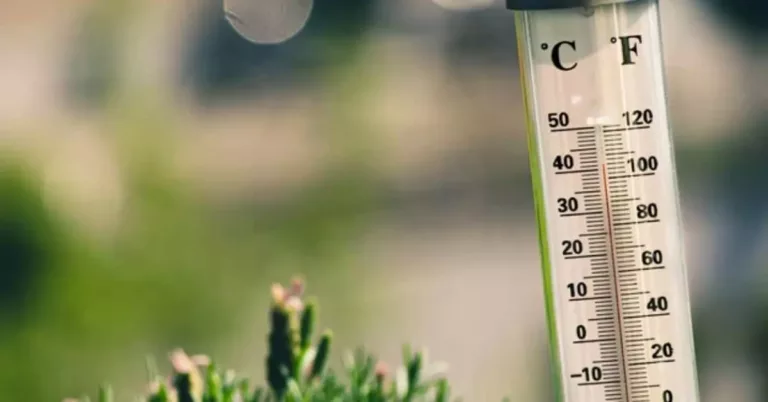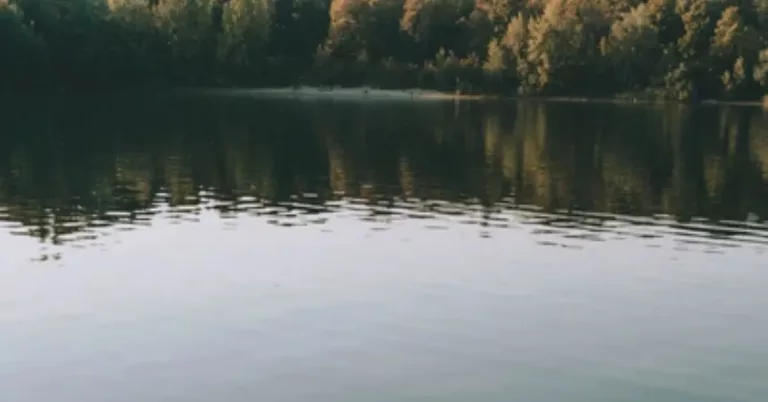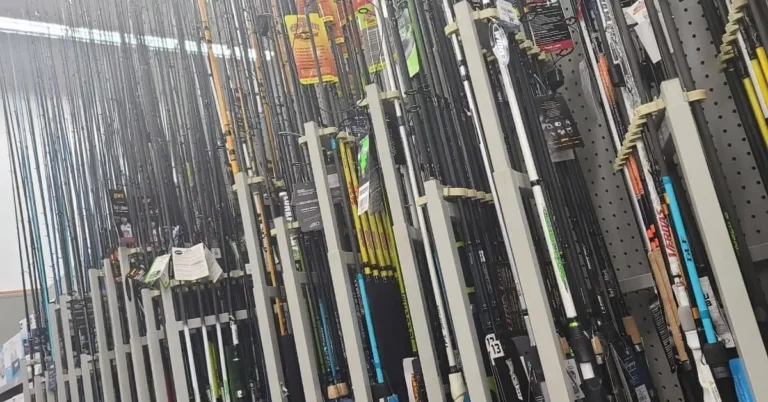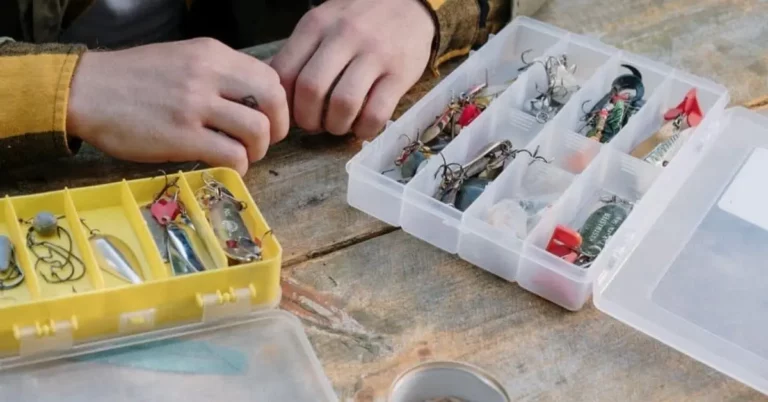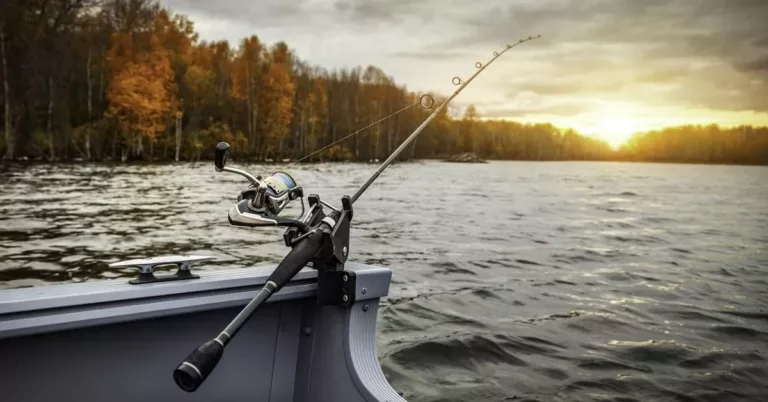Fishing Crappie in October and November; Potentially a Slab Fest
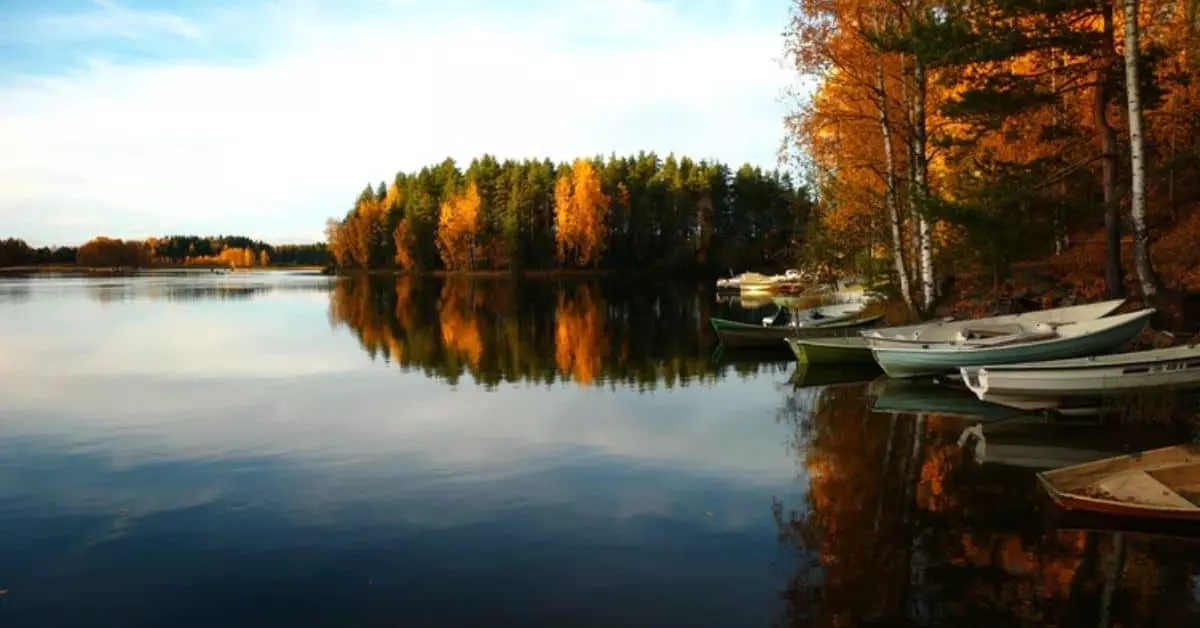
Fishing for crappie in the fall and in particular the months of October and November can yield massive amounts of crappie. Often considered to be nearly as good as the spring spawning season, it is relatively easy to locate crappie during these fall months.
Fall fishing can also be more pleasant for the angler as the days of the summer heat are waning away and you can comfortably stand being out and about.
So it’s fall and you want to know all about fishing crappie in the months of October and November.
During the months of October and November, crappie roam in search of schools of bait fish, the cooler air chills the upper layers of water and crappie come to the surface, often just a few inches to a foot below the surface. Look for them along logs, entrances to creeks and anywhere bait fish school.
Crappie Behavior as Fall Transitions into Winter
As fall progresses, the crappie will move about quite a bit as they feed extensively to prepare for the winter. They are often following schools of bait fish and changing their holding depths based on the temperatures of the water.
With that in mind crappie will be actively feeding and can be found in almost any part of a body of water. However, with some knowledge of their preferred location and what gear to use you can narrow these areas down to the most productive.
For more information on crappie behavior in the fall and details on how to catch them check out our article Crappie Fishing – Fall Where they are and how to target them.
Equipment for Crappie In October and November
Equipment for October and November crappie fishing is much the same as during earlier times of the year.
Using an 8 to 10-foot pole with 6lb test along with a 1/24 ounce jig should yield excellent results.
In my experience you are going to want to get up right next to logs, sticks and other obstacles, so using a longer pole with more reach tends to serve me well. This will allow you to drop the line and move it around instead of casting to the desired location, providing more control over all.
If you are going extremely light on the rod, perhaps a bream buster, then you may want a retrieving net as well, though I rarely use one; choosing instead to grab the line and lift them that way.
Location, Location, Location
As with anytime of the year, in order to catch the crappie, you need to fish where they are. Not only will crappie move around, they may often lay in ambush along certain locations. Consider these visible indicators of ambush points and fish them.
Sticks
A single stick isn’t enough to provide cover for a large school, however larger crappie will often hide near these solo sticks to wait in ambush. These frequently yield a larger than average sized crappie as they will run off the smaller crappie.
John in the Wild recommends leaving these points alone for a few days after you catch a large crappie from them as it may take some time for a new crappie to hone in and set up an ambush at that location.
Points
Points tend to be better options for larger numbers of crappie. Many fish management agencies as well as bass fishermen have built fish attractants in these areas. These often consist of brush piles, pvc pyramids and other devices intended to attract fish to the area.
These attractants provide cover for both crappie and bass. When the schools of baitfish are moving about, they often round these points and the crappie are lying in wait.
You can take advantage of this by dropping a minnow or jig in on them and enticing them to strike.
When the temperatures first begin to cool off, check the brush piles closest to the shoreline and gradually move out to deeper waters as the temperatures cool off in late November.
Stumps
Stumps are another great indicator of fish habitat. In much the same way an isolated stick can indicate a crappie, they are likely to gather around stumps. However, instead of a single crappie, the root system and other brush often mean there are more than one crappie in the area.
Working around these stumps and even bumping your lure into them as if a minnow was feeding can entice a strike from a nice sized slab.
Tactics for October and November Crappie Fishing
As with any other time of year, a slight change in tactics can yield more frequent and even larger catches. We have already mentioned fishing lone sticks for the lurking slabs. So here are a few more considerations.
Depth
Crappie will vary their depth depending on the temperature of the water and what they prefer, instead of saying fish for them at this depth all throughout fall we are going to focus on depth checks.
Using a bobber or slip float start out presenting your bait at about 5 or 6 inches below the surface. Work this around the sticks, stumps and points in your targeted fishing area. If you don’t get any strikes then adjust your depth, dropping about 1 foot each time. I would work a depth for at least 10 to 15 casts or 15 minutes to get a good feel.
Once you have located the depth the crappie are at, it is likely they will remain at that same depth for the majority of that day, they may move over night so if fishing for more than a day, you may have to check their depth again.
Bump The Structures and Obstacles
Bringing your bait, whether it is a jig or minnow up close enough to directly contact the limbs, stumps and pier pillars is an excellent way to entice the crappie.
Often minnows and shad will do this as they feed on the small amounts of debris that collects along these objects. By simulating that action, crappies are often fooled into striking.
A large spoon is another option, due to the potential for snags, upgrade your line and go for a heavier rod. Something around 20lbs or so, I often use braided lines for this to remove any stretch in the line. Lower this down into the brush pile to your desired depth. Then slowly raise it 6 to 10 inches and allow it to sink back down.
This is not a raise and simply let it fall, this is more of a raise it and lower it, keeping tension on the line at all times. This will first, set the hook when the crappie strikes, and second allow you to feel the bite. Remember though, you are using a stiffer rod and non flexible line, if you set the hook too hard it will likely rip free. They don’t call them papermouths for no reason.
Trolling for Lurkers
Depending on the temperature on a given day and how the bait fish schools are moving you might have better luck trolling along the old creek and river channels far below the surface. The bait fish often use these as roadways and guides of sorts and the crappie will follow them.
Set up a standard trolling spider rig and fish about a foot from the bottom. Troll slowly along the course of the creek bed and you should stir up some crappie.
In Conclusion – October and November Crappie Fishing
Crappie can be caught all season, however, fishing tends to be best in the spring during spawn, and again in the fall as they aggressively feed before the winter slows them down.
When fishing Crappie in October and November, adjust your depth by one foot increments until you find their depth. While presenting a minnow and bobber or jig, fish around lone sticks, points and stumps where baitfish are commonly found to increase your catches. If all else fails, try a spider rigged troll along an old creek bed.
Thanks for checking out our site and before you leave take a glance at some of the gear we recommend for crappie fishing.
